
Before the birth of the 401 and the Gardiner Expressway in the 1950s, the main gateway to Toronto from the east and west was Highway 2.
Known locally as Kingston Road and Lake Shore Road (later Boulevard) on either side, the highway was home to tourist enclaves and roadside activity that would eventually die out in the 1960s and '70s.
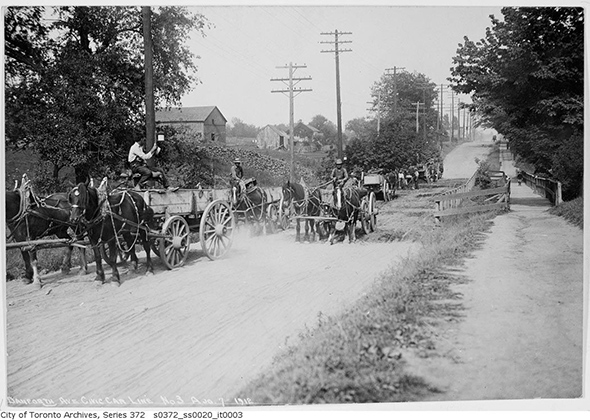
Highway 2 is in fact very old. Its easterly route can be traced all the way back to 1799, when Isa Danforth started carving out a road east toward, you guessed it, Kingston.
Much of this road was un-passable in spring and early summer on account of terrible mud, but by 1817 the provincial government had renamed it the Kingston Road and improvement efforts began.
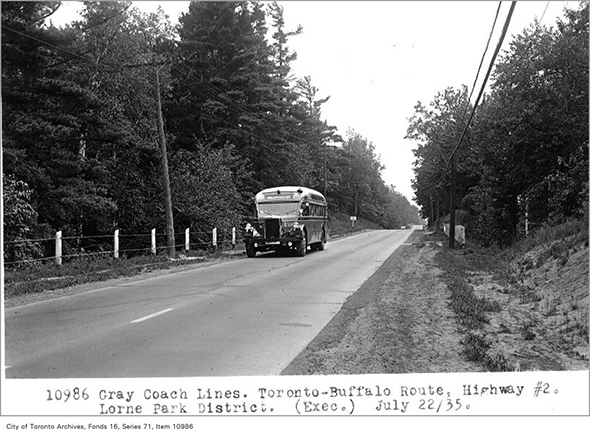
It was around this time that the road became an important stage coach link that stretched as far east as Montreal.
The journey between the two cities took a week in the 19th century, and it was on account of this that the first inns appeared along the route.
These were coaching inns marked by the presence of stables as well as restaurants for thirsty travellers.
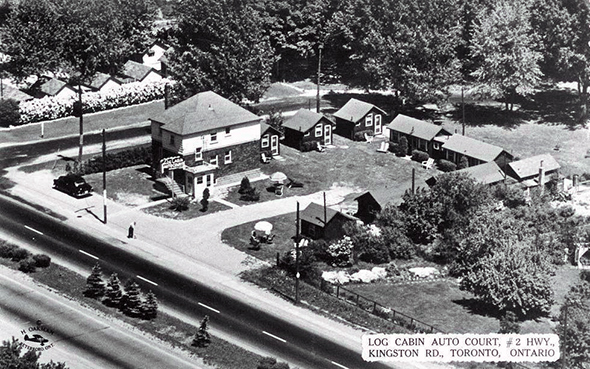
Not many of these inns remain between the two cities today, but you can still see evidence of this history in the form of the remaining motels that dot Kingston Road in Scarborough.
The modern iteration of the coaching inn designed to cater to the post-war automobile boom, these motels actually started as cottage courts on both sides of Toronto back in the 1930s.
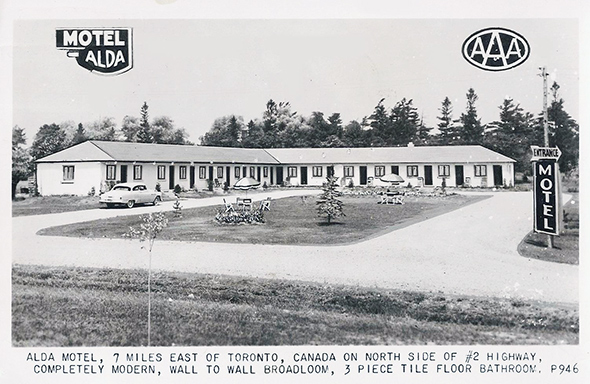
Now an anomaly, the presence of these roadside accommodations once made a lot of sense. Even if coaching inns were no longer necessary by the time the auto camps sprouted, the journey into Toronto took longer and cheap lodging on the outskirts of the city proved to be very popular.
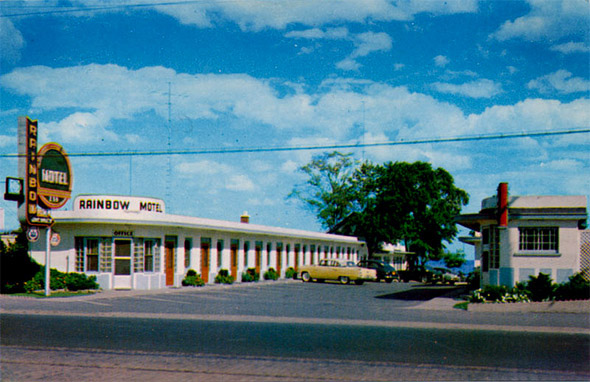
By the 1950s, there were dozens of motels on Kingston and Lake Shore roads, all of which were thriving.
Fulfilling the dual function of cheap accommodation for people doing business in the Toronto area and as recreational escapes from the city, the motor inns of the period were marked by audacious roadside signs, outdoor pools, and early television sets.
Perched on either side of the city, these motel strips were the last stop on a journey into Toronto proper, and travellers at the properties on the west side of the city were treated to a tantalizing view of the burgeoning skyline.
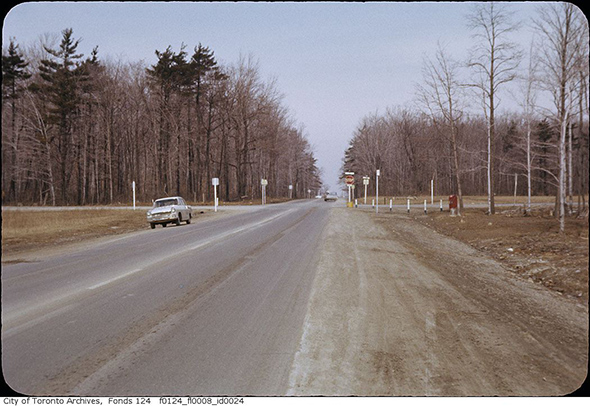
Everything soon changed. In the earliest years of what would eventually become the 401, it was divided into three parts, one of which extended from West Hill in Scarborough eastward to Newcastle.
This wasn't a bad scenario for the motels to the east of Toronto, as the four lane highway delivered travellers directly to the motel strip as they entered the urban area leading into the city.
You can still see a perfectly preserved portion of this expressway in the form of Highway 2A, which connects Kingston Road to the 401 from Beechgrove Drive and hasn't changed much since it was constructed in 1947. If you've ever driven here, you'll note its complete lack of roadside businesses.
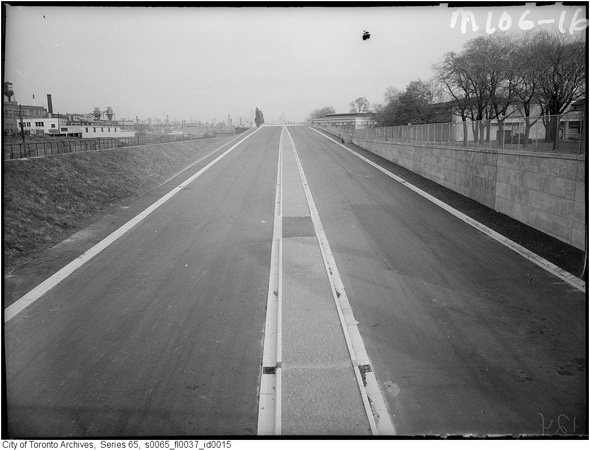
By the mid 1950s the Gardiner Expressway and the Toronto Bypass had been completed, thereby re-routing huge amounts of traffic away from the Highway 2 corridor entering Toronto. The effects weren't felt right away, but by the 1970s the motels were in serious decline.
They managed to maintain their reputation as suburban recreation zones for the decade following the birth of Toronto's east/west expressways, but the seediness then took over. The pools were filled in, the neon started to flicker, and many of these roadside hubs shuttered.
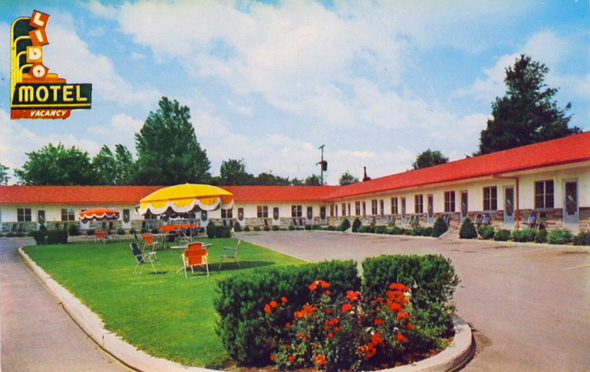
The last remains of the Lake Shore motel strip bit the dust in 2012. Improbably, about a dozen motels remain on Kingston Road stretching from the Hav A Nap at Brimley Road all the way to the Lido just before the beginning of Highway 2A.
Many of these buildings are now used as community housing, stubbornly hanging on as living relics of a different era.
The name Lido stems from the Latin word for shore. It's a fitting designation given the history here. To arrive at this place was to reach the gateway of Toronto, and you might dwell for a little while before entering the city in the distance.
by Staff via blogTO

No comments:
Post a Comment